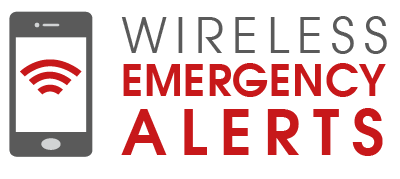The FCC last week adopted a process to share disaster information with states, localities and tribes. The goal is to speed service restoration after a natural disaster or crisis.
The Commission shares the information it receives from carriers and other telecom service providers, broadcasters and cable companies on restoration status through its Network Outage Reporting System (NORS) and Disaster Information Reporting System (DIRS) with the Department of Homeland Security. DHS uses the data to assess the needs of affected areas and to coordinate emergency response efforts with state and local first responders.
The Commission’s new rules will allow participating agencies to share NORS and DIRS information with first responders and other government officials who play a vital public safety role during crises. Participating agencies will also be allowed to publicly disclose information that is aggregated and anonymized.
FCC Commissioner Brendan Carr said during the vote, the hope is the changes will lead to better coordination between utilities, telecoms and others during restoration efforts. He cited accidental fiber cuts that sometimes occur after disasters, leading to longer outages for the public, and more restoration work.
Acting FCC Chairwoman Jessica Rosenworcel said the changes are long overdue. More than 10 years ago the California Public Utilities Commission petitioned the agency to help provide state authorities with timely access to outage information, she said.
The agency also proposed rules to improve the way the public receives emergency alerts on their mobile phones, televisions, and radios. The changes stem from 2018, when Hawaii accidentally issued a false missile alert to the entire state.
The agency adopted a Notice Proposed Rulemaking to ensure more people receive relevant emergency alerts, enable government agencies to report false alerts when they occur, and improve the way states plan for emergency alerts.
Specifically concerning Wireless Emergency Alerts, the Commission proposed to combine the current “Presidential Alerts” category with alerts from the FEMA Administrator. Recipients cannot opt-out of these alerts on their mobile devices. The new non-optional alert class would be called “National Alerts.”





Reader Interactions